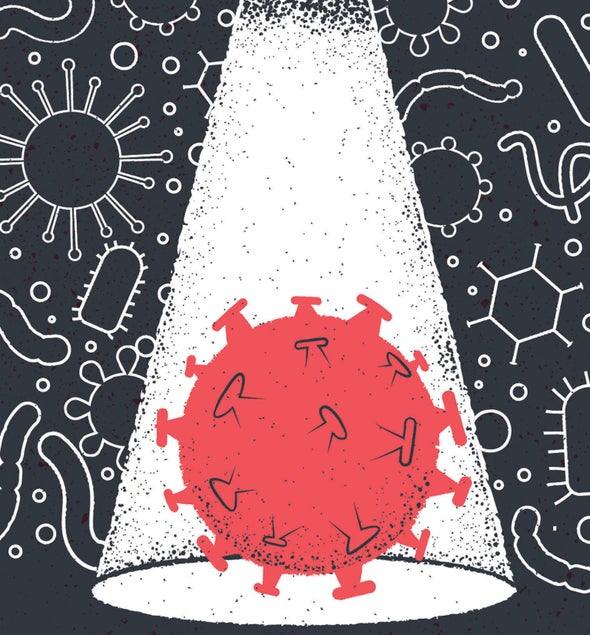After COVID appeared, a huge number of virologists, biochemists, cell biologists and immunologists shifted their work to the coronavirus, and because of that, the world got what it was desperately hoping for: a vaccine, in record time. Everything worked out better than we could have dreamed—several parallel vaccines, all with high efficacy. We are seeing antiviral treatments roll out, too.
Scientists can leverage all this effort to better understand other viruses and diseases. Never before have we been able to simultaneously test multiple vaccine platforms, head-to-head, in massive global clinical trials. Usually you are lucky if you get one vaccine to trial, and if it fails, you will not really know whether the concept or just the one platform failed.
I anticipate that scientists will use all the COVID research infrastructure to build more vaccines against other pathogens, such as cytomegalovirus and respiratory syncytial virus, and to create mRNA vaccines for flu. Furthermore, most of the coronavirus research has been collaborative. That will stick with people. It will make future work pay off more than if all those individuals went back to just their own niches.
This is not going to be the last spillover pandemic we see. It is not going to be the last public health crisis. I hope that COVID has given the public a sense of how important it is to have sustained investment in science. We don’t know what discovery we will stumble on that will be the lifesaver the next time.

